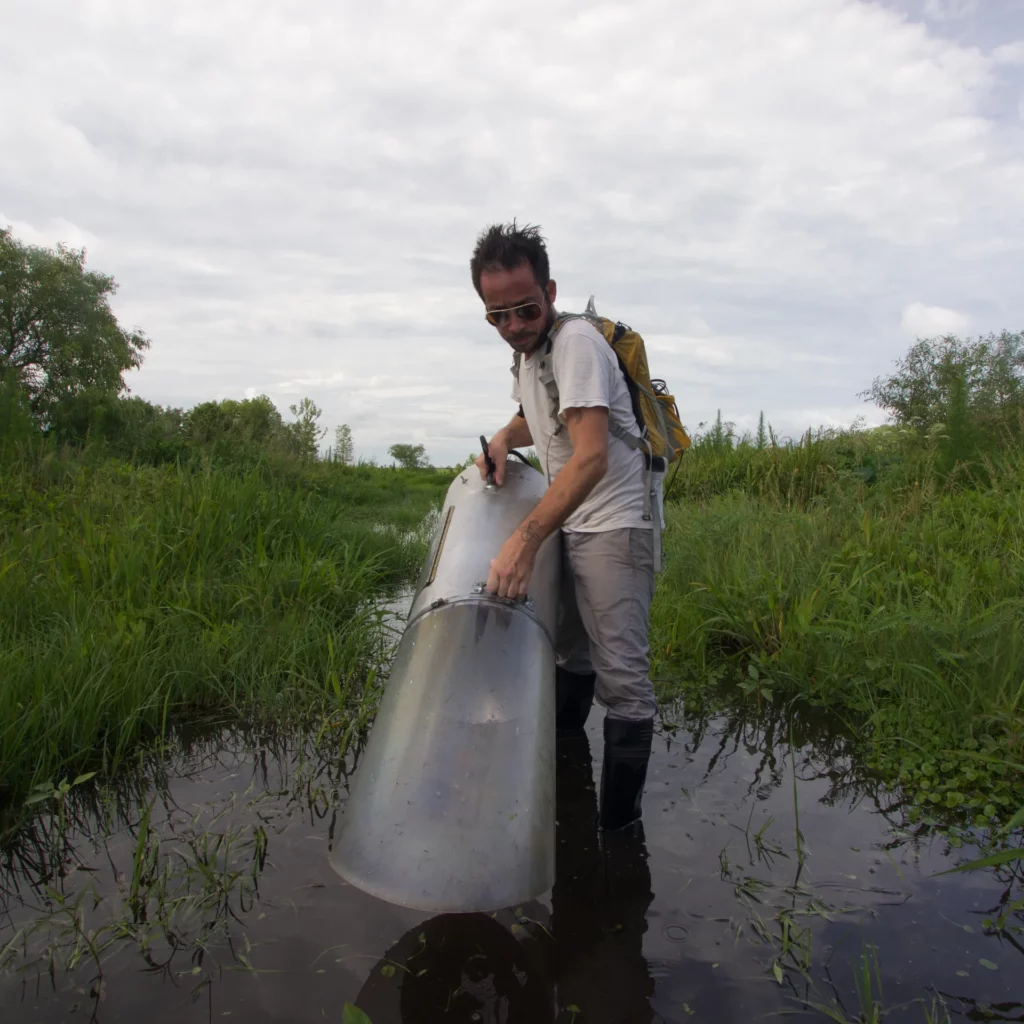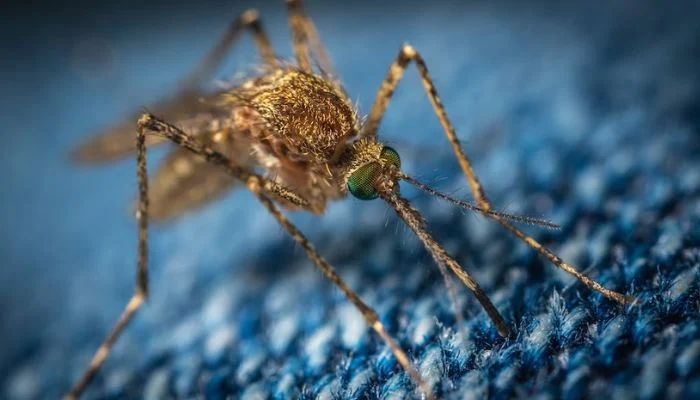Since 2018, at least three counties in Florida have seen the arrival of a new type of mosquito that has migrated from the tropics.
Although it’s not yet known if this mosquito, known as the Culex lactator, will help spread mosquito-borne viruses in the state, scientists are worried about the pace at which new mosquitoes are moving into Florida.
According to lead study author Lawrence Reeves, an assistant professor and mosquito biologist at the University of Florida’s Institute of Food and Agricultural Sciences Research Center in Vero Beach, “there are about 90 species of mosquito living in Florida, and that list is growing as new mosquito species are introduced to the state from elsewhere in the world.”
Since its initial discovery in southern Miami-Dade County in 2018, Culex lactator has spread to Collier and Lee Counties. According to Reeves, it might have already expanded to other parts of the state.

Although mosquitoes are among the insects that have been researched the most, there are still a lot of unknowns, he said.
Reeves stated in a university press release that is “particularly true for species from the tropical forests, where mosquitoes are diverse and understudied.”
It is challenging to predict what to expect when we know so little about a mosquito species, he said. “Introductions of new mosquito species like this are concerning because many of our greatest mosquito-related challenges are the result of nonnative mosquitoes.”
The Culex group of mosquitoes, which contains species that spread the West Nile and St. Louis encephalitis viruses, includes the Culex lactator mosquito. Typically, it can be found in northern South America and Central America.
In addition to other methods, Reeves and his colleagues used DNA analysis to find the new species among the more than 3,600 different kinds of mosquitoes that can be found worldwide.
Every year, mosquito-borne illnesses like West Nile virus, eastern equine encephalitis virus, dengue virus, chikungunya virus, and others pose a threat to Florida.
It is too soon to say whether Culex lactator will make these problems worse, but Reeves noted that the consequences are frequently hard to foresee because not all mosquito species are equally capable of spreading a given virus or other pathogen.
Only specific mosquito species can spread each mosquito-borne virus, according to him.
Every time a new type of mosquito is introduced, there is a chance that it will help spread a disease that is spread by mosquitoes, according to Reeves. For this reason, we need to be on the lookout for new mosquito introductions.

The results were released in the Journal of Medical Entomology on Wednesday.
“Physically, Culex lactator resembles other mosquito species from Florida that are already well-known. According to Reeves, it resembles other, more widespread mosquito species. Because of their resemblance, Culex lactator can be simple to overlook in a location.
In Florida, there are up to 17 non-native mosquito species that have become entrenched. Additionally, there are more and more nonnative mosquito species being found; 11 of the 17 nonnative species have only recently been discovered. Only the last five years have seen the detection of six.
Among the most significant disease carriers in the United States are the non-native mosquito species Aedes aegypti, Aedes albopictus, and Culex quinquefasciatus.
If Florida becomes warmer as a result of climate change, tropical mosquito species may have a better chance of settling there once they arrive, according to Reeves. “More mosquitoes and other species from the Caribbean, Central America, and elsewhere may be brought in by increasing storm frequency and intensity.”
Download The Radiant App To Start Watching!
Web: Watch Now
LGTV™: Download
ROKU™: Download
XBox™: Download
Samsung TV™: Download
Amazon Fire TV™: Download
Android TV™: Download

